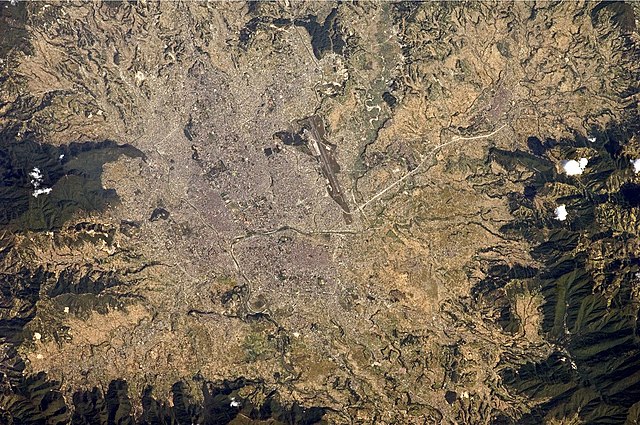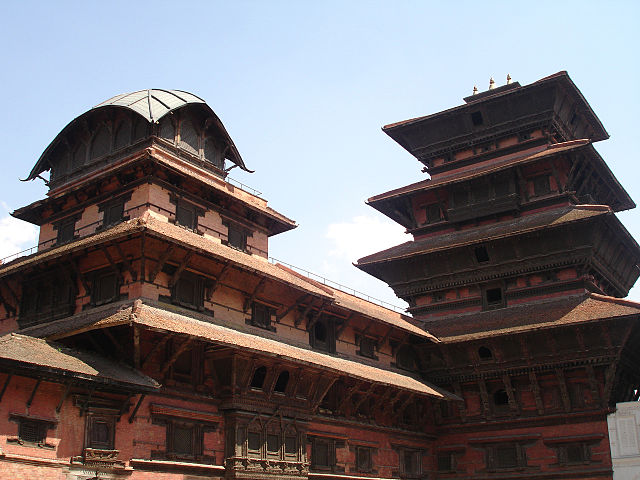Aniko, Anige or Araniko was one of the key figures in the arts of Nepal and the Yuan dynasty of China, and the artistic exchanges in these areas. He was born in Kathmandu Valley during the reign of Abhaya Malla. He is known for building the White Stupa at the Miaoying Temple in Beijing. During the reign of Jayabhimadeva, he was sent on a project to build a golden stupa in Tibet, where he also initiated into monkhood. From Tibet he was sent further to northern China to work in the court of the emperor Kublai Khan, the founder of the Yuan dynasty, where he brought the trans-Himalayan artistic tradition to China. Araniko led a team of 80 artists to China proper and Tibet to make a number of pagoda-style buildings. In his later life, he renounced monkhood and started a family.
Statue of Araniko at the Miaoying Temple, Beijing
Portrait of young Kublai Khan by Anige (1245–1306), a Nepali artist in Kublai's court
The White Stupa in present-day Beijing
Portrait of Kublai Khan executed shortly after his death in February 1294 by Anige
The Kathmandu Valley, also known as the Nepal Valley or Nepa Valley, National Capital Area, is a bowl-shaped valley located in the Himalayan mountains of Nepal. It lies at the crossroads of ancient civilizations of the Indian subcontinent and the broader Asian continent, and has at least 130 important monuments, including several pilgrimage sites for Hindus and Buddhists. There are seven World Heritage Sites within the valley.
Kathmandu valley seen from the space by the NASA Earth Observatory
The Durbar Square in Kathmandu
Pashupatinath Temple, dedicated to Pashupati.
Swayamhbu Stupa








